
Filter News
Area of Research
News Type
Date
News Topics
Media Contacts
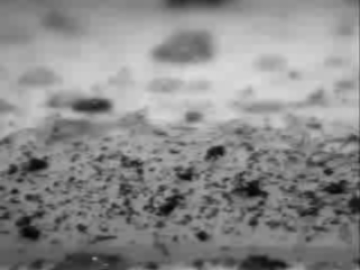
An anti-soiling highly reflective and water-resistant roof coating developed at Oak Ridge National Laboratory and evaluated at Lawrence Berkeley National Laboratory has produced encouraging results. The coating based on superhydrophobic particles resulted in only 3.3 and 4.9 percent r...
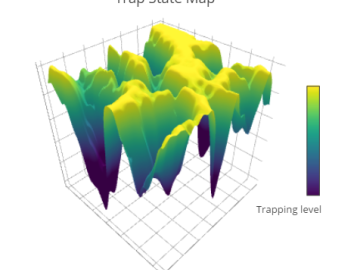
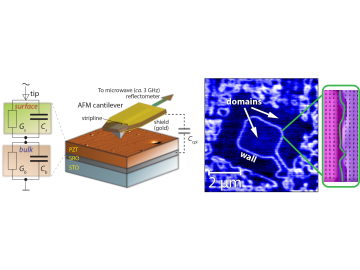
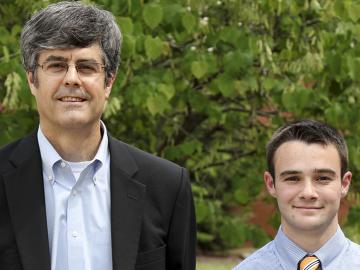
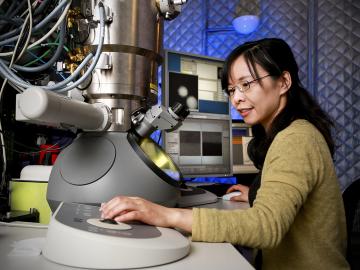
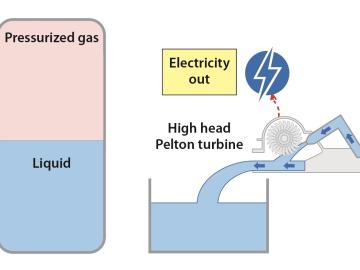
The gap between electricity generation and use could be narrowed with an Oak Ridge National Laboratory system that extracts energy from thin air. Actually, Ground-Level Integrated Diverse Energy Storage, or GLIDES, stores electricity mechanically in the form of compressed gas that disp...
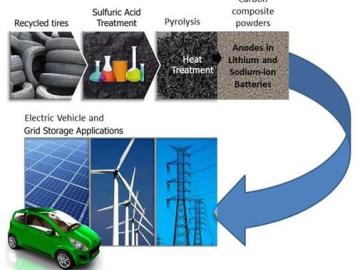
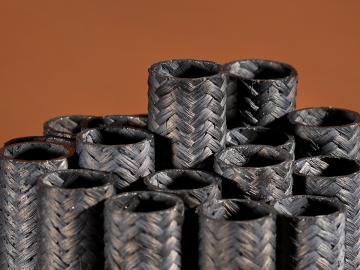
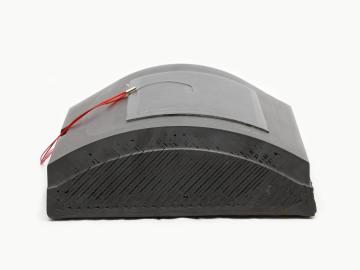
A successful test of 3D-printed thermoplastic molds demonstrates the potential of additive manufacturing in the tooling industry. Researchers at Oak Ridge National Laboratory’s Manufacturing Demonstration Facility collaborated with a team of industry partners to 3D-print and machine se...

Four Oak Ridge National Laboratory researchers specializing in environmental, biological and computational science are among 49 recipients of Department of Energy's Office of Science Early Career Research Program awards. The Early Career Research Program, now in its ...


